Crash of a Tupolev TU-154B-2 near Ushquduq: 200 killed
Date & Time:
Jul 10, 1985 at 2346 LT
Registration:
CCCP-85311
Survivors:
No
Schedule:
Karshi – Ufa – Leningrad
MSN:
78A311
YOM:
1978
Flight number:
SU5143
Crew on board:
9
Crew fatalities:
Pax on board:
191
Pax fatalities:
Other fatalities:
Total fatalities:
200
Aircraft flight hours:
12443
Aircraft flight cycles:
5660
Circumstances:
After takeoff from Karsi Airport, the aircraft climbed at an insufficient speed of 470 km/h with a max speed of 515 km/h. The cruising altitude of 11,600 meters was reached after 40 minutes and 20 seconds. The speed dropped to 400 km/h then the aircraft reached a critical angle of attack (+20°) when vibrations started. The crew misinterpreted these vibrations and failed to judge properly the situation in reducing the engine power to idle. The speed dropped to 290 km/h when the aircraft stalled and entered a spin. The aircraft eventually went into a flat attitude and crashed in an isolated and desert area located in the region of Ushquduq. The aircraft was totally destroyed upon impact and all 200 occupants were killed.
Probable cause:
It was determined that the climb configuration was incorrect and the crew led the aircraft adopting a critical angle of attack once the cruising altitude was reached. This situation affected the air flow into the three engines and the aircraft went into inappropriate flight conditions. The crew misinterpreted the situation and failed to identify the wrong flight configuration until the aircraft entered stall condition.

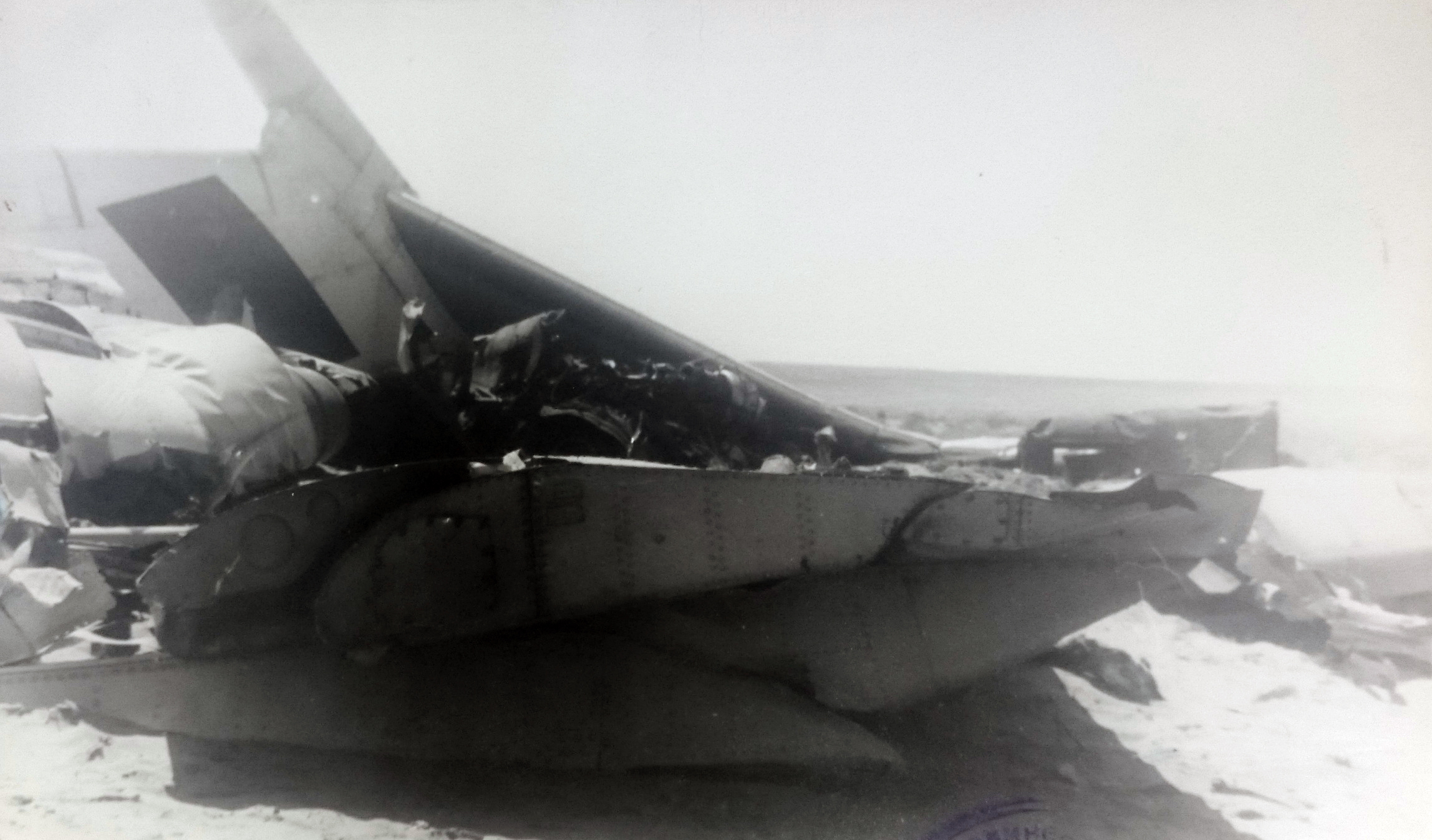
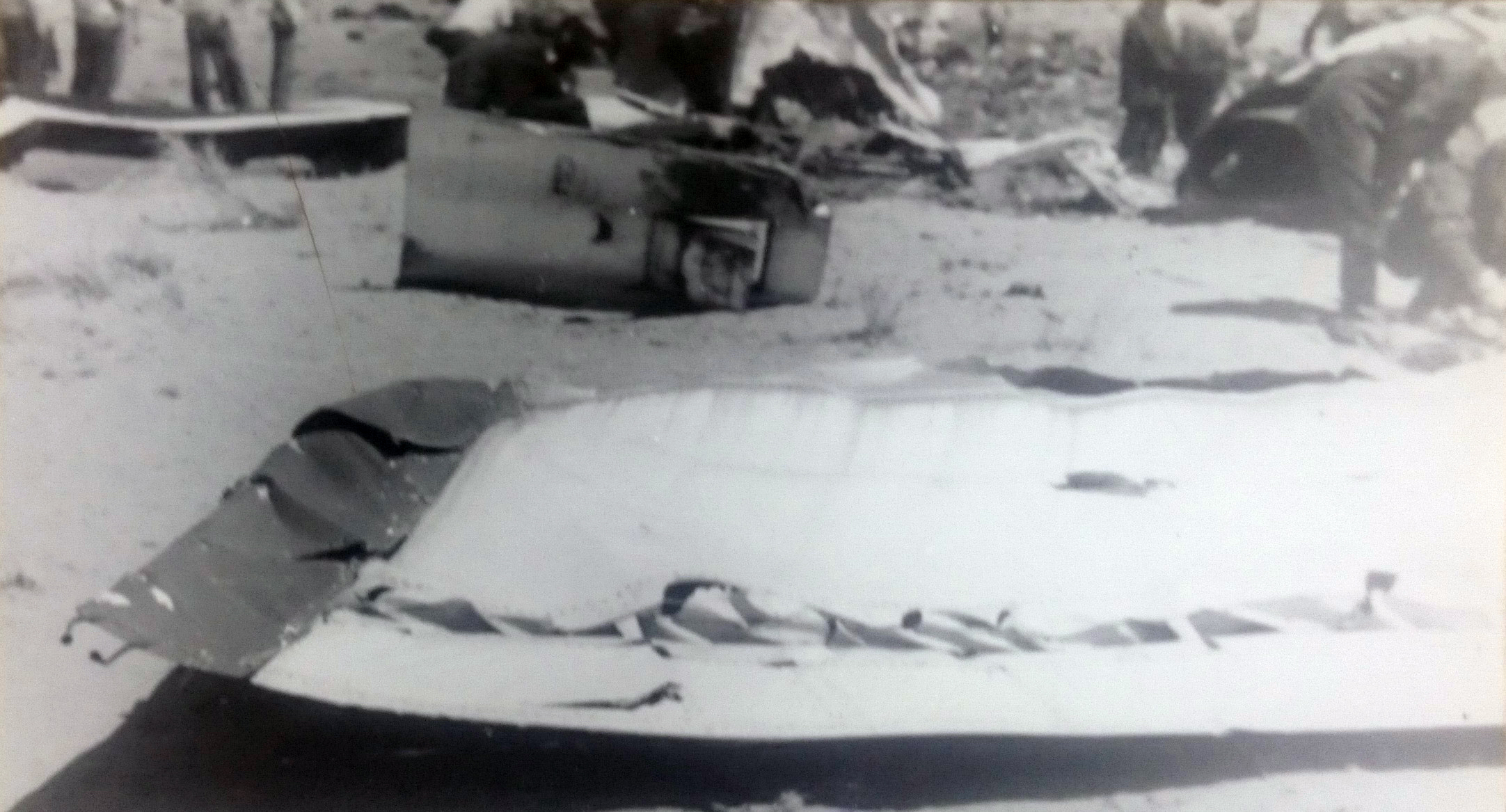
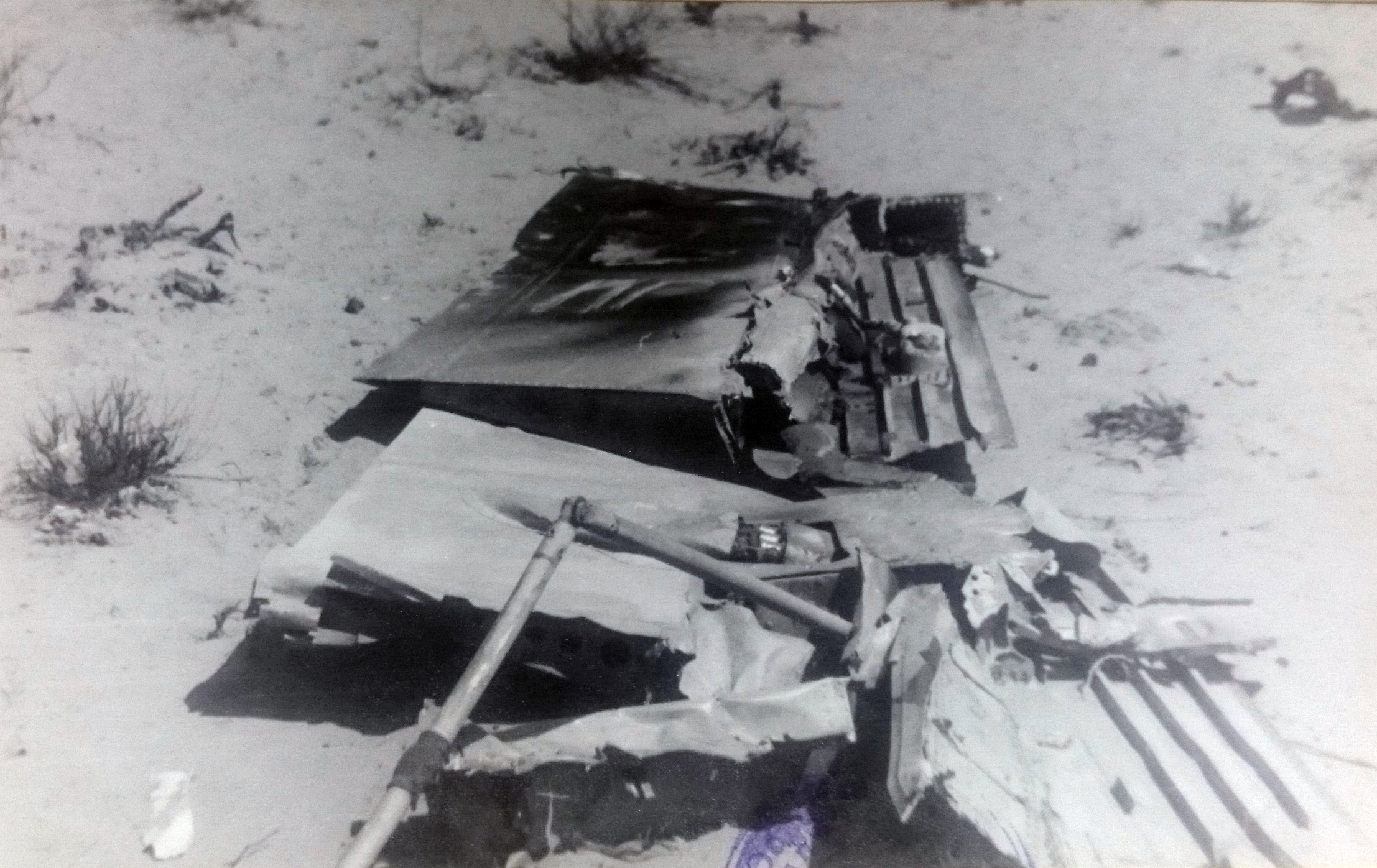

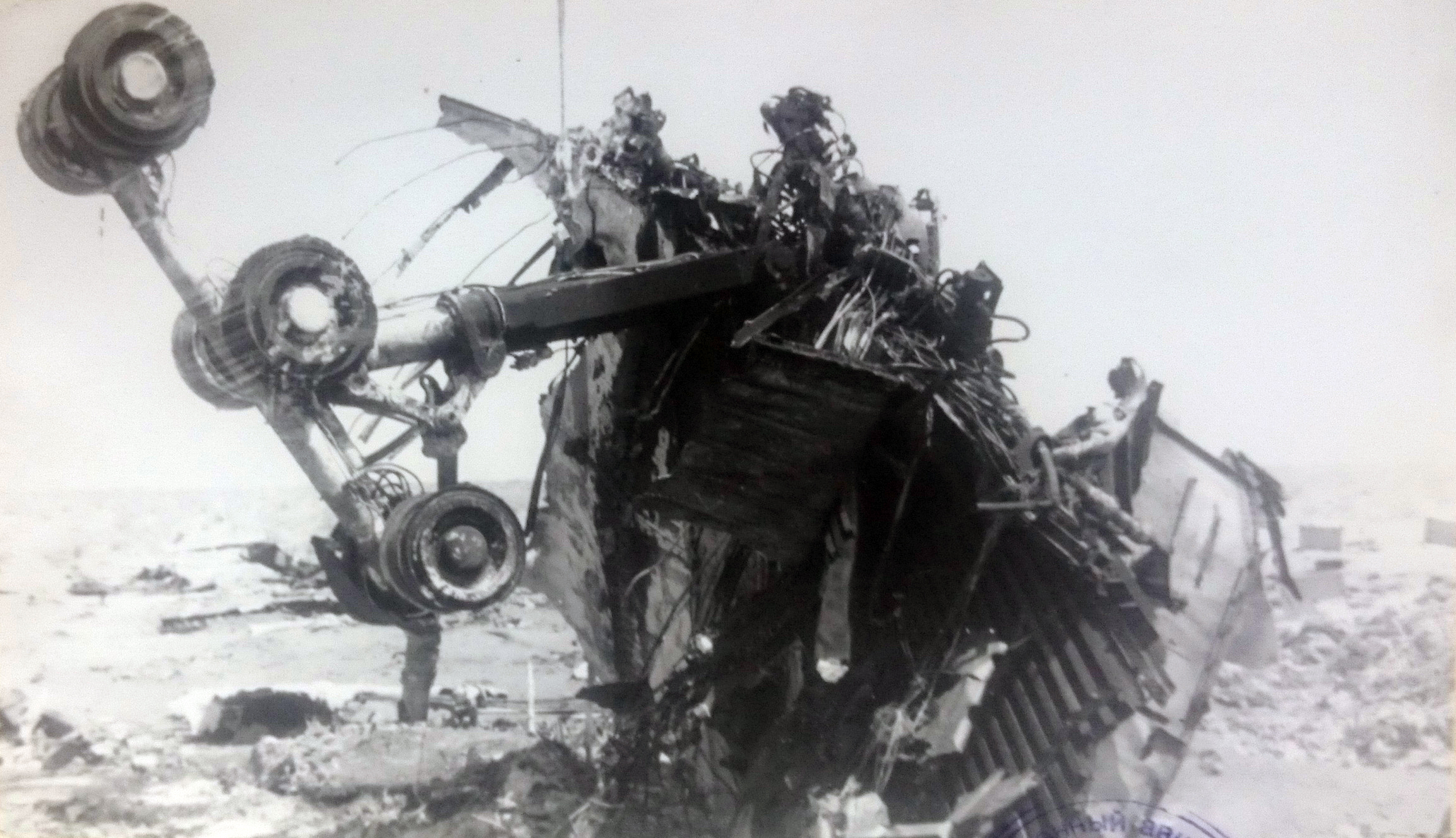





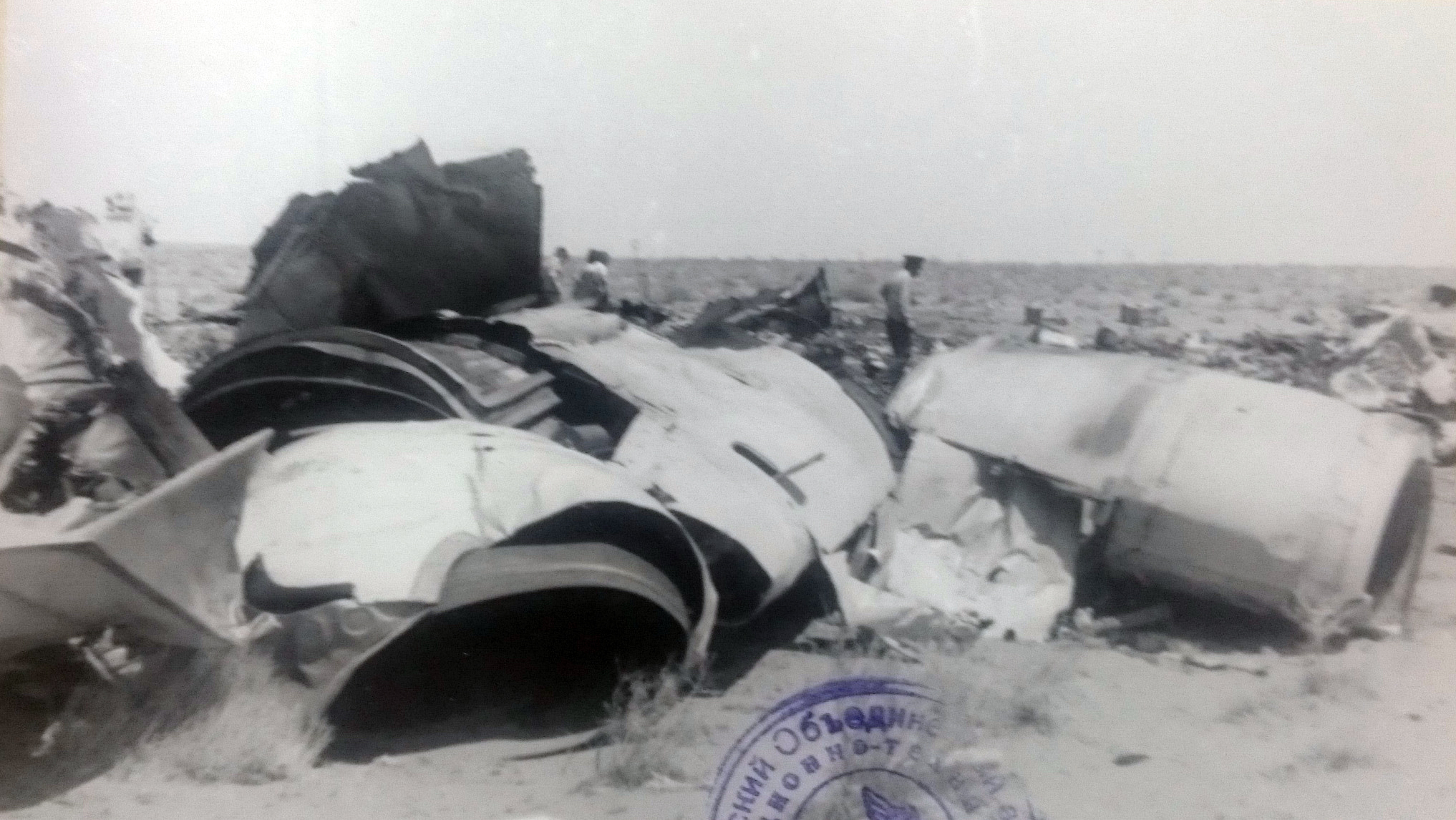
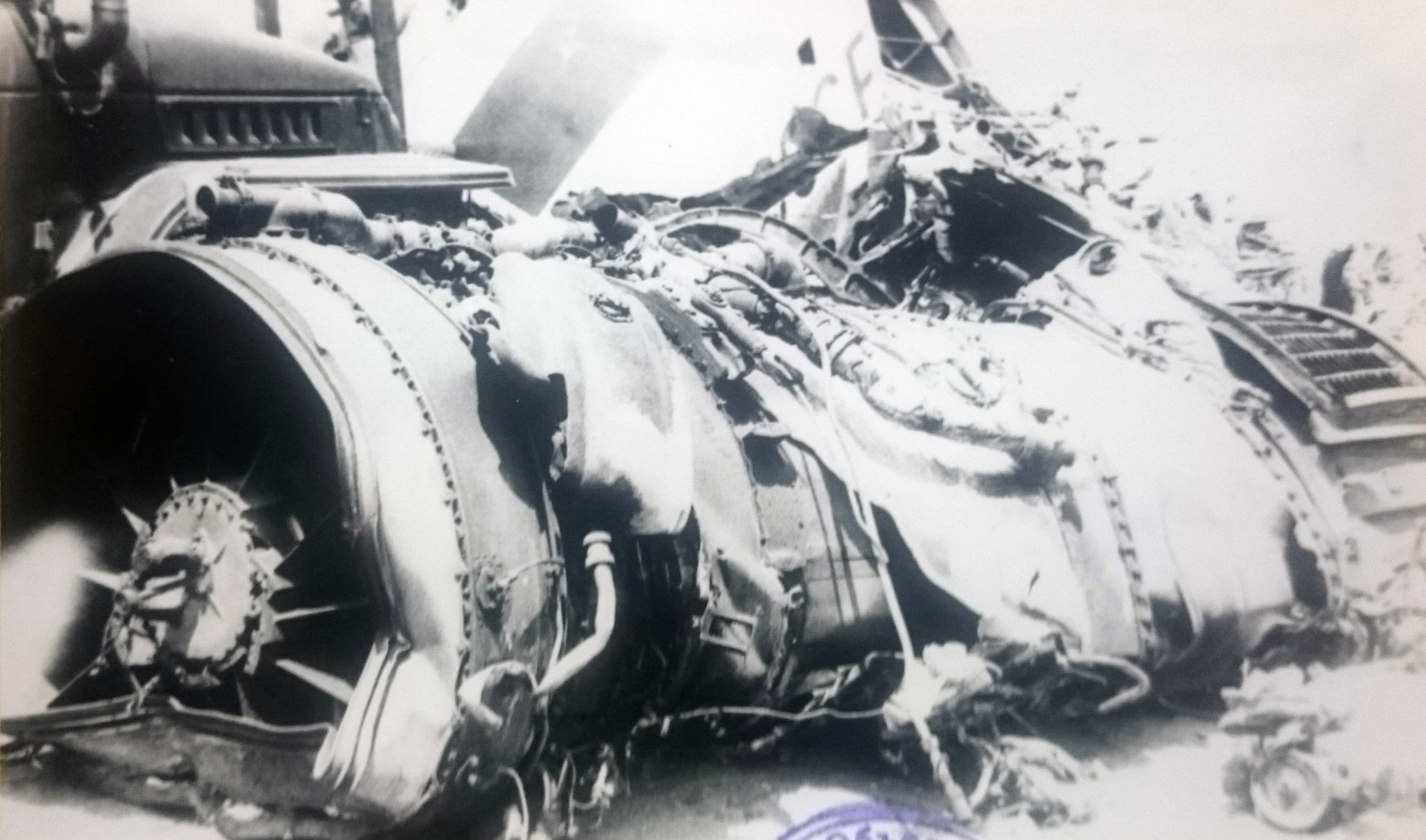
Crash of a Fokker F27 Friendship 200 in Al Dabbah
Date & Time:
Jul 2, 1985
Registration:
ST-AAR
Survivors:
Yes
Schedule:
Khartoum – Al Dabbah – Dongola – Wadi Halfa
MSN:
10193
YOM:
1962
Crew on board:
5
Crew fatalities:
Pax on board:
26
Pax fatalities:
Other fatalities:
Total fatalities:
0
Aircraft flight hours:
38491
Aircraft flight cycles:
26104
Circumstances:
For unknown reasons, the aircraft landed hard at Al Dabbah Airport. After touchdown, the pilot completed the braking procedure and after the aircraft had been parked, all 31 occupants were evacuated safely. Due to excessive g loads and severe structural damages, the aircraft was considered as damaged beyond repair.

Crash of a Boeing 747-237B in the Atlantic Ocean: 329 killed
Date & Time:
Jun 23, 1985 at 0715 LT
Registration:
VT-EFO
Survivors:
No
Schedule:
Vancouver – Toronto – Montreal – London – New Delhi – Bombay
MSN:
21473
YOM:
1978
Flight number:
AI182
Crew on board:
22
Crew fatalities:
Pax on board:
307
Pax fatalities:
Other fatalities:
Total fatalities:
329
Captain / Total hours on type:
6488.00
Copilot / Total hours on type:
2469
Aircraft flight hours:
23634
Aircraft flight cycles:
7525
Circumstances:
On the morning of 23rd June, 1985 Air India's Boeing 747 aircraft VT-EFO (Kanishka) was on a scheduled passenger flight (AI182) from Montreal and was proceeding to London enroute to Delhi and Bombay. It was being monitored at Shannon on the radar scope. At about 0714 GMT it suddenly disappeared from the radar scope and the aircraft, which had been flying at an altitude of approximately 31,000 feet, plunged into the Atlantic Ocean off the southwest coast of Ireland at position latitude 51° 3.6' N and longitude 12° 49' W. This was one of the worst air disasters wherein all the 307 passengers plus 22 crew members perished. The fact that emergency had arisen was first by Shannon Upper Area Control (UAC) after the aircraft had disappeared from the radar scope. The control gave a number of calls to the aircraft but there was obviously no response. Thereafter various messages were transmitted and that is how the rest of the world came to know of the accident. Shannon Control at 0730 hours advised the Marine Rescue Coordination Center (MRCC) about the situation which appeared to have arisen. MRCC, in turn, explained the situation to Valencia Coast Station and requested for a Pan Broadcast. Thereafter ships started converging on the scene of the accident and they commenced search and rescue operations.
Probable cause:
The following findings were reported:
- The aircraft was subjected to a sudden event at an altitude of 31,000 feet resulting in its crash into the sea and the death of all on board,
- The forward and aft cargo compartments ruptured before water impact,
- The section aft of the wings of the aircraft separated from the forward portion before water impact.
- There is no evidence to indicate that structural failure of the aircraft was the lead event in this occurrence.
- There is considerable circumstantial and other evidence to indicate that the initial event was an explosion occurring in the forward cargo compartment. This evidence is not conclusive. However, the evidence does not support any other conclusion.
- The aircraft was subjected to a sudden event at an altitude of 31,000 feet resulting in its crash into the sea and the death of all on board,
- The forward and aft cargo compartments ruptured before water impact,
- The section aft of the wings of the aircraft separated from the forward portion before water impact.
- There is no evidence to indicate that structural failure of the aircraft was the lead event in this occurrence.
- There is considerable circumstantial and other evidence to indicate that the initial event was an explosion occurring in the forward cargo compartment. This evidence is not conclusive. However, the evidence does not support any other conclusion.
Final Report:
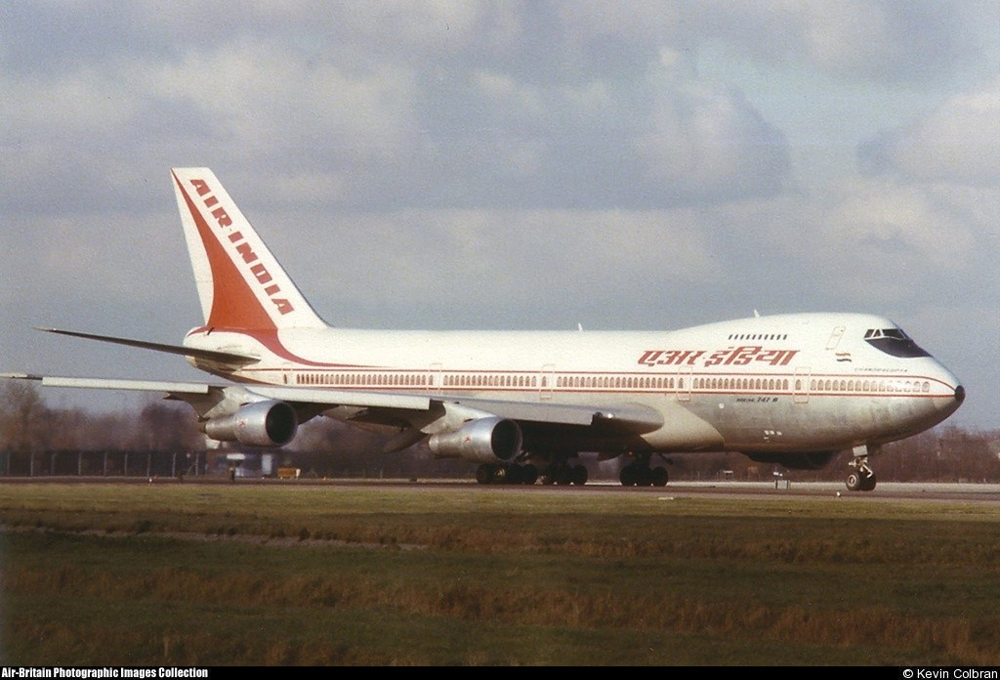
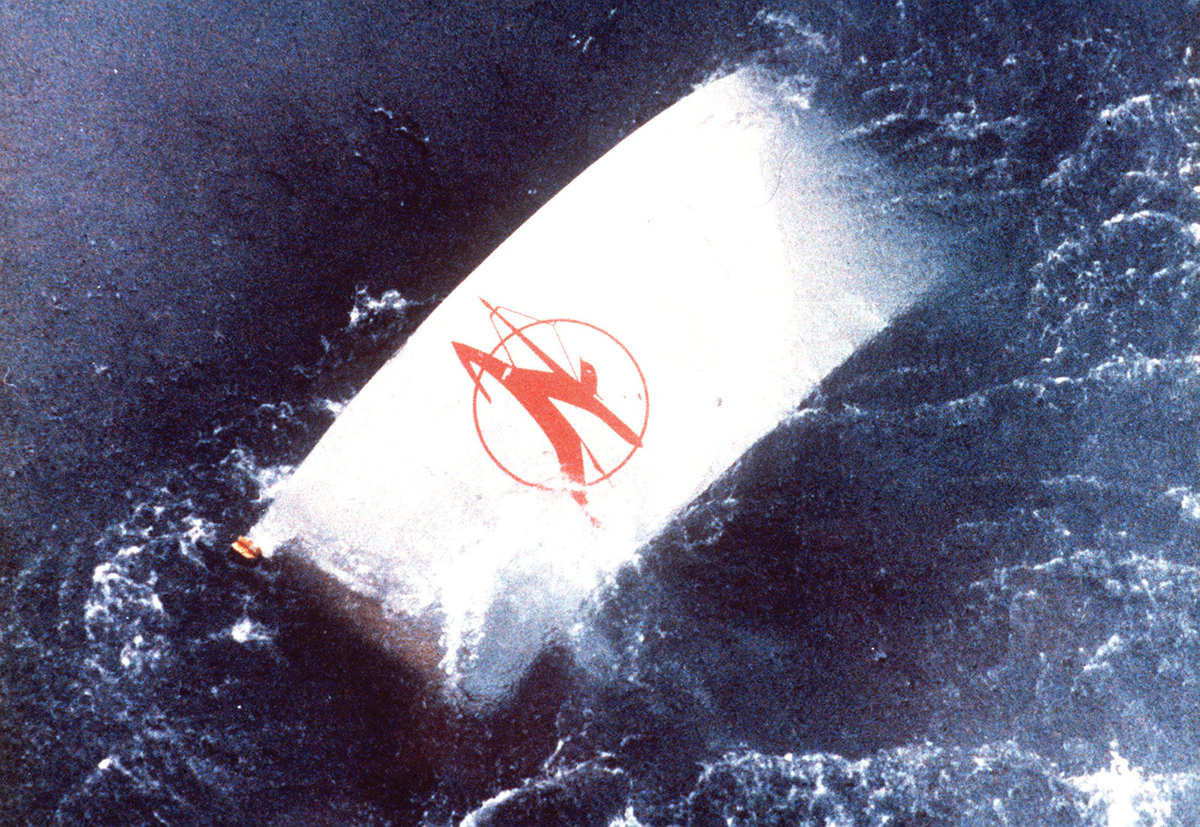
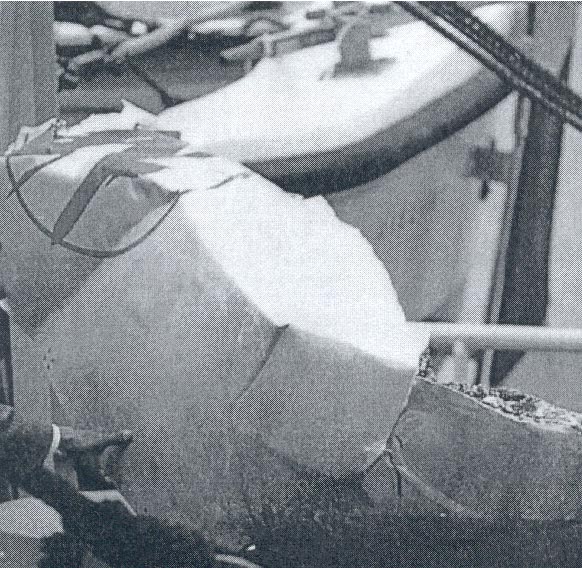

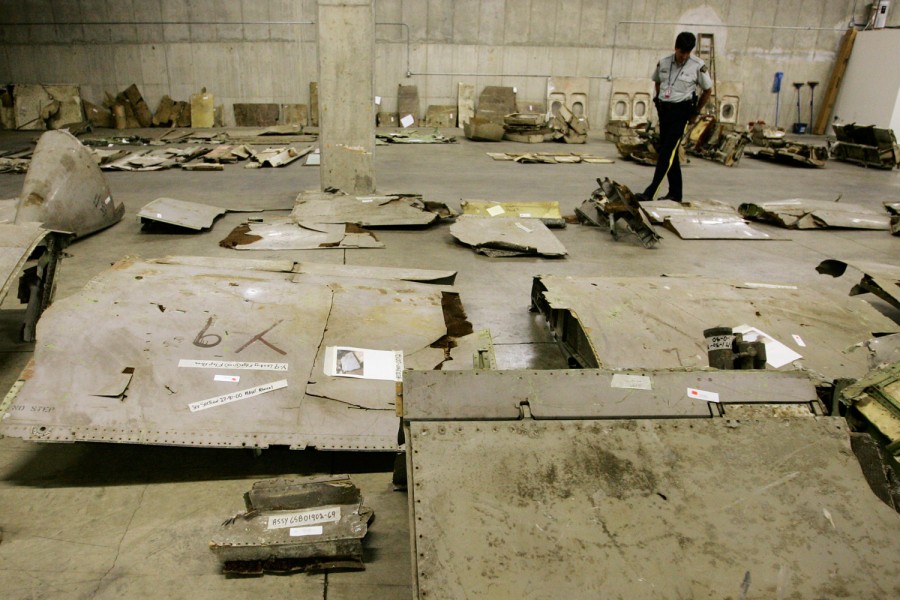
Crash of an Embraer EMB-110P Bandeirante in Juara: 17 killed
Date & Time:
Jun 23, 1985
Registration:
PT-GJN
Survivors:
No
Schedule:
Juara - Cuiabá
MSN:
110-063
YOM:
1975
Crew on board:
2
Crew fatalities:
Pax on board:
15
Pax fatalities:
Other fatalities:
Total fatalities:
17
Circumstances:
After takeoff from Juara Airport, while climbing, the crew declared an emergency after the failure of the left engine. The crew was cleared to return and the rescue teams were dispatched at the airport. On final approach, during the last segment, the aircraft went out of control and struck the ground. It veered off runway and collided with an emergency vehicle (fire bombers truck) before coming to rest in flames. All 17 occupants were killed while no one on the ground was injured.
Probable cause:
A left engine faulty fuel injection nozzle caused a blow torch effect, damaging compressor turbine vane ring and causing thermal fatigue and loss of one of the turbine blades. The resulting imbalance ruptured the starting control bypass fuel return.
Crash of a PZL-Mielec AN-2TP near Kobyay
Date & Time:
Jun 5, 1985 at 1215 LT
Registration:
CCCP-29348
Survivors:
Yes
Schedule:
Kobyay – Sangar
MSN:
1G77-31
YOM:
1966
Crew on board:
2
Crew fatalities:
Pax on board:
8
Pax fatalities:
Other fatalities:
Total fatalities:
0
Aircraft flight hours:
1394
Aircraft flight cycles:
20784
Circumstances:
The single engine airplane departed Kobyay at 1205LT on a regular schedule service to Sangar, carrying eight passengers and two pilots. While cruising at an altitude of 550 meters in good weather conditions, the engine lost power then failed. The crew attempted an emergency landing when the aircraft crashed in a prairie located about 35 km southwest of Sangar. All 10 occupants were uninjured while the aircraft was damaged beyond repair.
Probable cause:
Engine failure in flight following the failure of the cylinder n°7 due to manufacture problems.
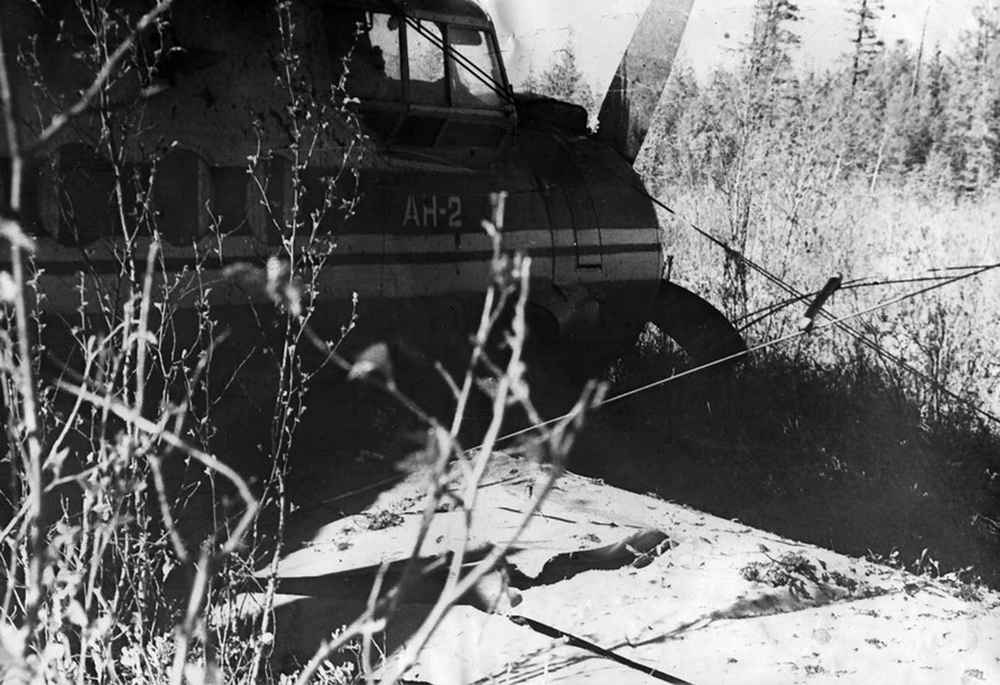
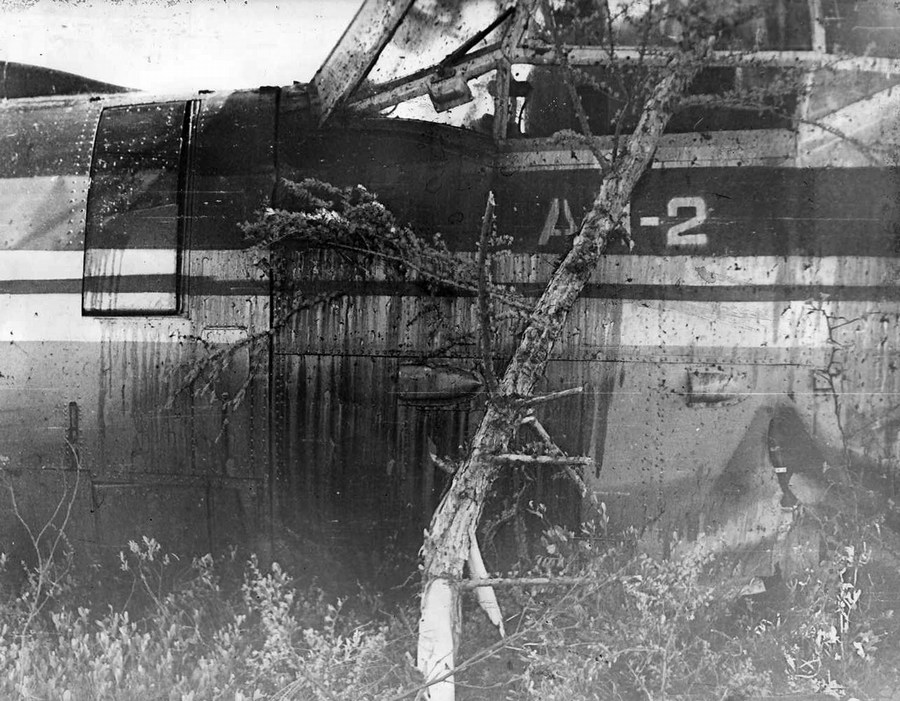
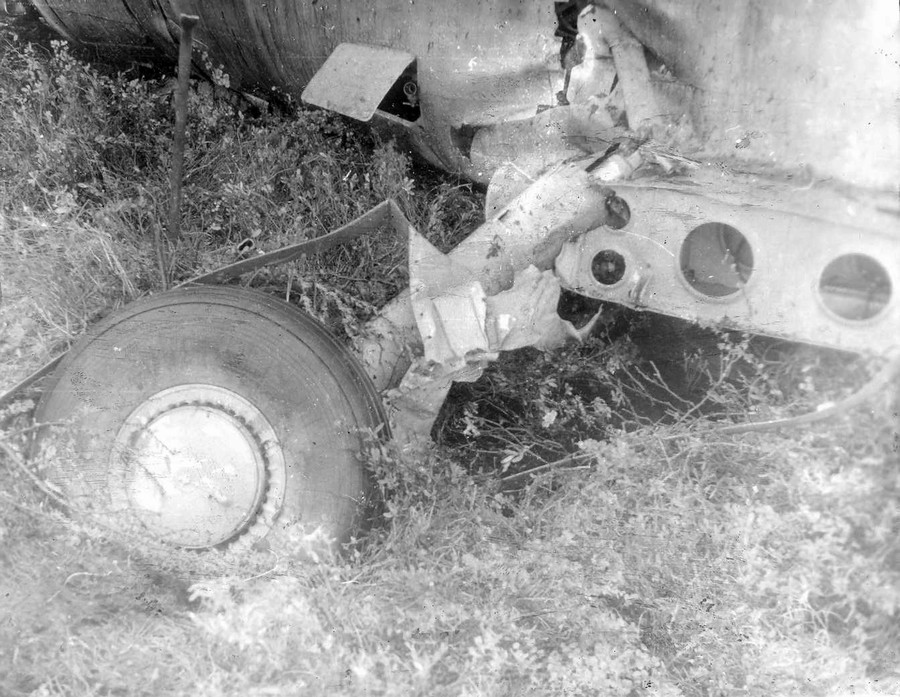
Crash of a PZL-Mielec AN-2 near Taldykorgan: 3 killed
Date & Time:
Jun 1, 1985
Registration:
CCCP-70771
Survivors:
No
MSN:
1G132-26
YOM:
1971
Crew on board:
2
Crew fatalities:
Pax on board:
1
Pax fatalities:
Other fatalities:
Total fatalities:
3
Circumstances:
En route, weather conditions worsened with low ceiling and rain showers. The crew decided to return to his departure point but the aircraft deviated from the prescribed route. While cruising under VFR mode in IMC conditions, the aircraft struck the slope of a mountain, bursting into flames. All three occupants were killed.
Probable cause:
Controlled flight into terrain after the crew continued to fly under VFR mode in IMC conditions.
Crash of a Convair CV-580 in Cabimas: 2 killed
Date & Time:
May 28, 1985
Registration:
YV-84C
Survivors:
Yes
Schedule:
Cabimas - Caracas
MSN:
157
YOM:
1960
Flight number:
VE034
Crew on board:
5
Crew fatalities:
Pax on board:
8
Pax fatalities:
Other fatalities:
Total fatalities:
2
Circumstances:
After takeoff from Cabimas-Oro Negro Airport runway 06, the aircraft encountered difficulties to gain height. The tail struck a hill located 500 meters past the runway end and the aircraft crashed in a wooded area located one km further. Both pilots were killed while 11 other occupants were injured.
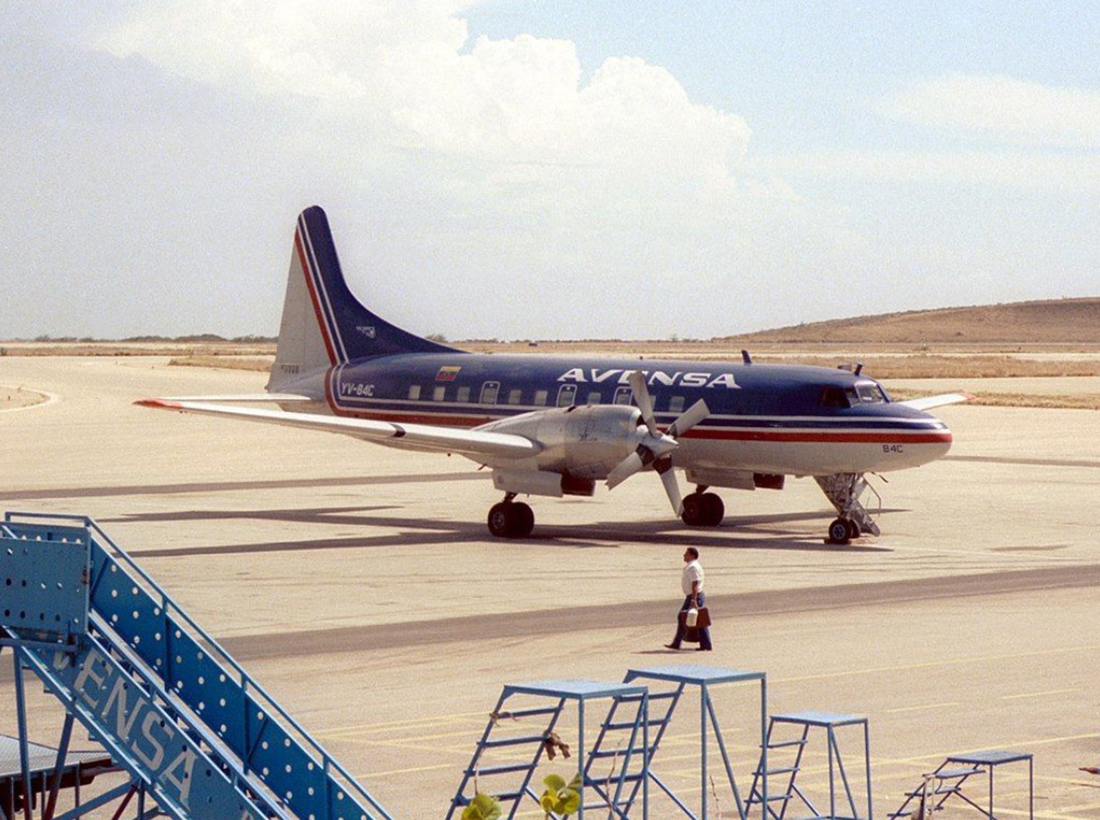
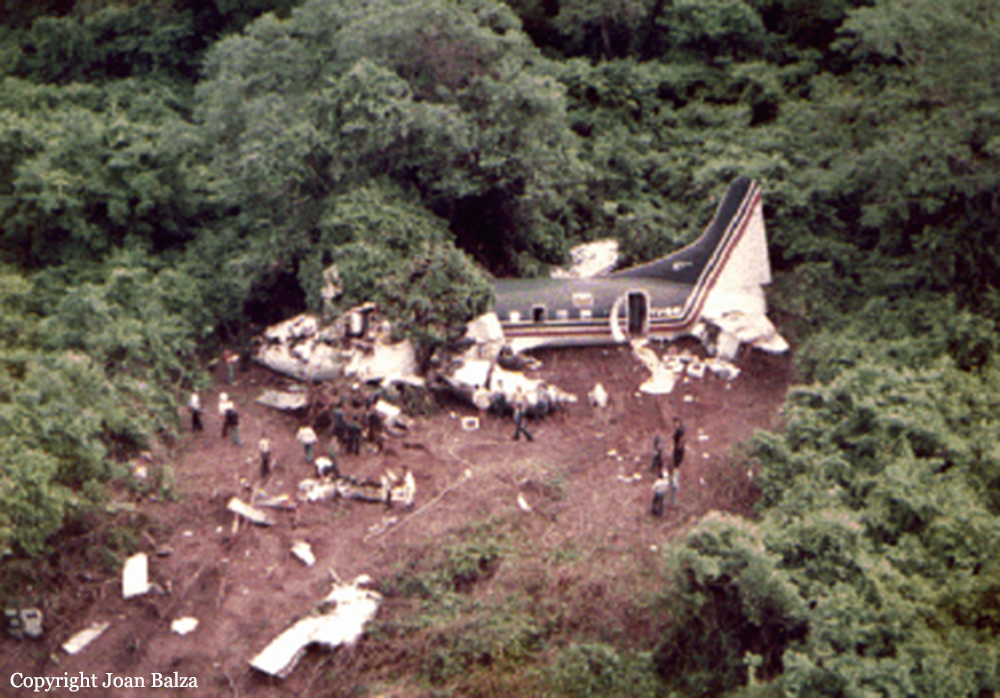

Crash of a Piper PA-31-350 Navajo Chieftain in Latrobe
Date & Time:
May 17, 1985 at 2020 LT
Registration:
N66892
Survivors:
Yes
Schedule:
Pittsburgh - Latrobe
MSN:
31-7405191
YOM:
1974
Crew on board:
2
Crew fatalities:
Pax on board:
5
Pax fatalities:
Other fatalities:
Total fatalities:
0
Captain / Total hours on type:
280.00
Aircraft flight hours:
9567
Circumstances:
During an IFR arrival, the aircraft was vectored for an NDB runway 23 approach to the Westmoreland County Airport. At the NDB final approach fix (8.1 miles from the runway), the crew turned inbound and continued to the airport. They contacted the tower and reported over the ILS outer marker (an intermediate point on the NDB final approach, 3.9 miles from the runway). The tower issued the local landing advisories and cleared the aircraft to land. Moments after the copilot advised the captain that they were 15 seconds from the missed approach point, the aircraft collided with trees. Impact occurred 3.8 miles se of the airport at the minimum descent altitude (MDA) of 1,900 feet amsl. An examination of the aircraft records indicated a recurring and current squawk concerning the hsi slaving system. Just before beginning the approach, the Latrobe wind had changed from 230° at 4 knots (a headwind) to a strong quartering tailwind. During arrival the crew were advised the wind was from 340° at 18 knots. They had figured their timing to the missed approach point by using a ground speed of 120 knots. Earlier that day, the same crew and aircraft had terminated the same NDB approach, 1 mile east of the airport. All seven occupants were injured, five seriously.
Probable cause:
Occurrence #1: in flight collision with object
Phase of operation: approach - faf/outer marker to threshold (ifr)
Findings
1. (f) flight/nav instruments,horiz situation ind (hsi) - failure,partial
2. (c) operation with known deficiencies in equipment - performed - pilot in command
3. (f) light condition - dusk
4. (f) weather condition - low ceiling
5. (f) weather condition - fog
6. (f) weather condition - rain
7. (c) ifr procedure - improper - pilot in command
8. Compensation for wind conditions - improper
9. Proper alignment - not maintained
10. (f) terrain condition - high terrain
11. (f) object - tree(s)
Phase of operation: approach - faf/outer marker to threshold (ifr)
Findings
1. (f) flight/nav instruments,horiz situation ind (hsi) - failure,partial
2. (c) operation with known deficiencies in equipment - performed - pilot in command
3. (f) light condition - dusk
4. (f) weather condition - low ceiling
5. (f) weather condition - fog
6. (f) weather condition - rain
7. (c) ifr procedure - improper - pilot in command
8. Compensation for wind conditions - improper
9. Proper alignment - not maintained
10. (f) terrain condition - high terrain
11. (f) object - tree(s)
Final Report:
Crash of a Britten-Norman BN-2A-9 Islander in Mali
Date & Time:
May 15, 1985
Registration:
TZ-ACS
Survivors:
Yes
MSN:
910
YOM:
1981
Crew on board:
0
Crew fatalities:
Pax on board:
0
Pax fatalities:
Other fatalities:
Total fatalities:
0
Circumstances:
Crashed in unknown circumstances somewhere in Mali in May 1985 (exact date unknown). There were no casualties.







